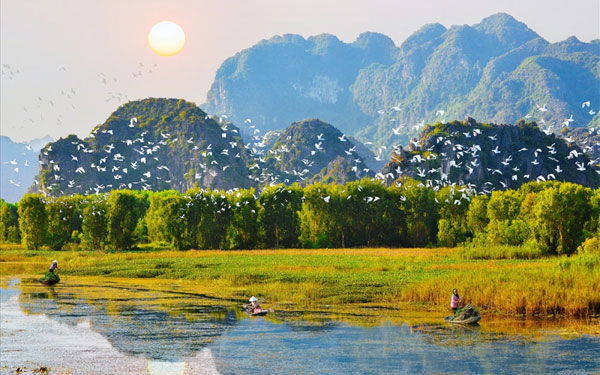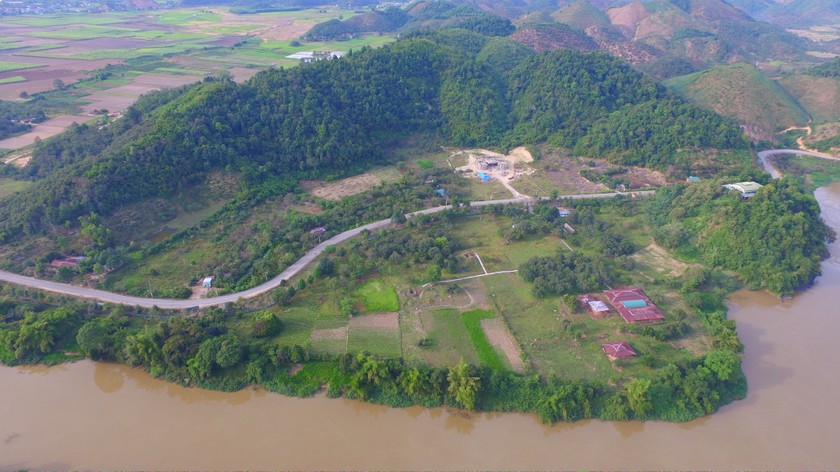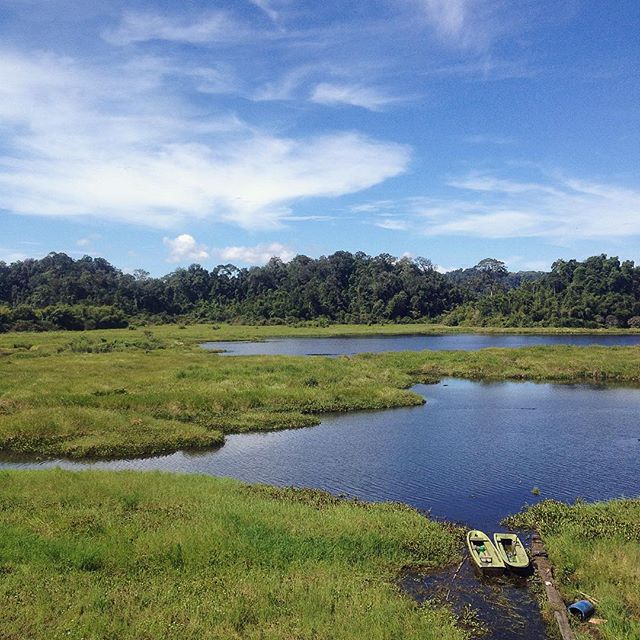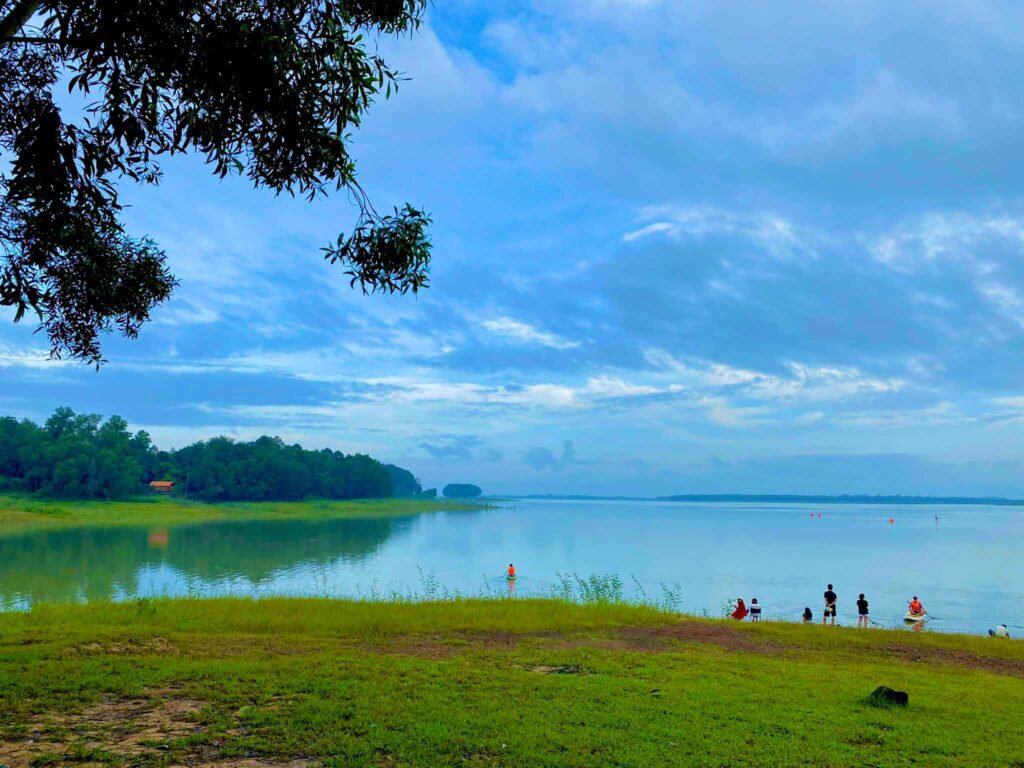
Considered a “green lung” in the Southeast region with its majestic and poetic nature, Dong Nai Biosphere Reserve is an attractive destination for tourists. With a total area of 969,993 hectares, Dong Nai Biosphere Reserve was formed based on expanding the old Cat Tien World Natural Heritage (recognized on November 10, 2001).
Dong Nai Biosphere Reserve is associated with places such as Cat Tien National Park, Dong Nai Nature-Cultural Reserve, Tri An-Dong Nai Inland Water Conservation Area, and Bau Sau Ramsar Area.
History
Dong Nai Biosphere Reserve is located in the southeastern region of Vietnam, mainly within Dong Nai Province. However, its territory extends into four other provinces: Binh Duong, Binh Phuoc, Lam Dong, and Dak Nong, of which 80% of the conservation area is located in Dong Nai province. The reserve encompasses a vast area of 966,563 hectares, making it one of the largest biosphere reserves in Vietnam.
Significant value
With high biodiversity value, Dong Nai Biosphere Reserve is the common home of more than 1,400 plant species, an ideal habitat for animals, especially mammals, birds, reptiles, and fish… with 1,781 species.
Dong Nai Biosphere Reserve is also the last remaining tropical humid rain forest in Southern Vietnam with many endemic and rare species of animals and plants that are threatened with extinction such as Asian elephants, gaurs, sun bears…, especially the one-horned rhinoceros and rare tree species such as rosewood, redwood, sandalwood…
Previously, this area was also a revolutionary base, with national cultural and historical relics, such as the base of the Southeast Regional Party Committee, the Central Base of the Southern Department, Suoi Linh Tunnels…

In addition, this land also contains a rich and diverse cultural treasure with more than 13 ethnic groups living together, contributing to creating unique features that cannot be confused with any other land.
Dong Nai Biosphere Reserve also contains hidden cultural values such as the Cat Tien archaeological site dating from the 3rd to 6th centuries with the largest Linga-Yoni set in Southeast Asia and even more.
Most of the customs and practices from many generations are still kept and preserved these days as a characteristic beauty. This is a model of multi-purpose conservation – a model of sustainable development in harmony between humans and nature based on biodiversity and cultural diversity maintained since ancient times by ethnic minorities. With few people, traditional customs and practices are preserved in association with biodiversity conservation.
That’s why this place is also called an “outdoor laboratory” that is ideal for conducting scientific research, as well as making new proposals on conservation and development.
Nature has been very kind when bestowing on this land extremely valuable gifts such as the Bau Sau wetland system, Tri An Inland Water Conservation Area, and primeval forests with countless flora systems… All contribute to creating an extremely unique and attractive color for tourists.
Top destinations to explore
1. Bau Sau Lake
Bau Sau wetland is an area with great potential, considered the nucleus of ecotourism development of Cat Tien National Park. Coming here, visitors can not only walk through the forest, witness with their own eyes many giant trees, and many species of woody vines, and observe many rare birds and animals, but also admire Bau Sau with its natural scenery, picturesque, fresh air, and quietness. Bau Sau is a wonderful habitat for Siamese crocodiles, aquatic animals and plants, freshwater fish, and birds whose lives are closely related to water, especially endangered birds of Vietnam as well as of the world such as white-winged geese, blue-winged geese, java pusher birds…

Bau Sau wetland also has the effect of regulating water sources for Tri An Hydroelectric Lake, keeping sediments and toxins, and providing water for more than 15 million people to live and produce agricultural and fishery products along the Dong Nai River basin.

2. Tri An Lake
Tri An Lake is located on the Dong Nai River and has a wild beauty that attracts tourists when coming to this place. Like other artificial lakes in Vietnam, Tri An Lake was formed during the construction of a dam to prevent flow for hydroelectricity (1984).
With a lake surface area of 323 km2, Tri An is considered the largest lake in Vietnam, whether natural or artificial. With more than 70 large and small islands, Tri An has long become an attractive picnic destination for tourists.
3. War Zone D
With resounding victories in the history of fighting foreign invaders of the army and people of the Southeast region, it is also a very interesting place to visit for tourists.
Located in Phu Ly commune, Vinh Cuu district, Dong Nai province, is a national historical relic, an important revolutionary base of the Central Committee of the Southern Department, War Zone D was renovated deep in the forest, Strictly protected, surrounded by tropical forest foliage. The base is the command place of the Southern revolutionary movement, from the 17th parallel to Ca Mau Cape.
With more than 13 ethnic groups living in the Dong Nai Biosphere Reserve, visiting here, visitors will learn and experience the traditional customs, traditions, and festivals of ethnic people, Follow the sound of gongs, dance next to the flickering fire, and enjoy dishes made from local products.
Conclusion
Dong Nai Biosphere Reserve was recognized by UNESCO as the world’s 580th Biosphere Reserve on June 29, 2011. UNESCO recognition has also played an important role in promoting conservation and sustainable practices within the reserve. The designation has encouraged stricter environmental regulations, increased funding for conservation initiatives, and the development of sustainable tourism programs. This has led to improved management of the reserve’s resources and a reduction in threats such as deforestation and pollution.
Get an opportunity to visit the Global Biosphere Reserve in Vietnam through Vietnam E-Visa!